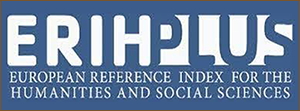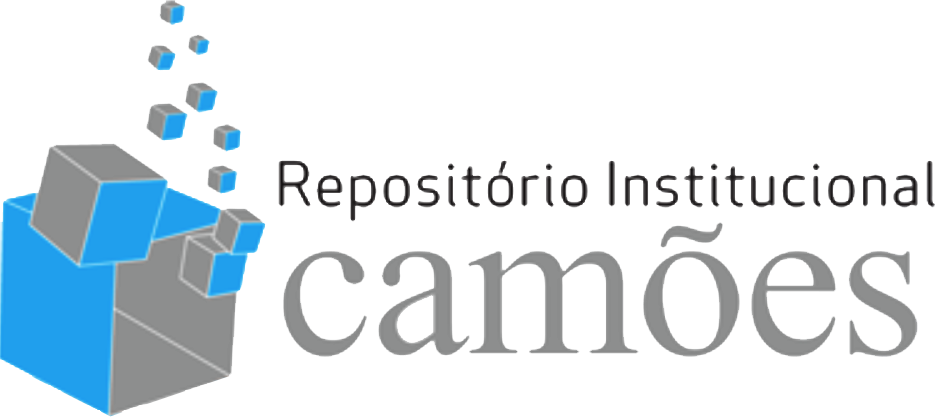…positive peace of Johan Galtung. From two case studies (Guatemala and Haiti) marked by changes in the discourse and practice of the United Nations that this approach inspired, it is…
…the rejection of the “practicality” of research and a restraint on normativity when compared with Peace Studies (defined as peace research, peace teaching and peace action) and Conflict Resolution. Also,…
…mandate, in resolving the Timorese conflict and peacebuilding in that territory. This analysis will be guided by the proposals of the document “An Agenda for Peace” presented in 1992 by…
Peacebuilding has become a guiding principle of international intervention in the periphery since its inclusion in the Agenda for Peace of the United Nations in 1992. The aim of creating…
This article looks at the topic of the role of Yemeni women in conflict resolution in Yemen, regarding the informal and formal peace processes. This study analyses scientific literature and…
…peace operations in the Sahel by regional, continental, and extra-continentalactors. It addresses the problematic associated with the so-called ‘intervention traffic jam’ resulting from numerous external initiativesin the political process and…
…mediation hypothesis. In addition, findings showed that there is a positive relation between entrepreneurship and economic growth and a positive relation between finance and economic growth in OIC countries. Furthermore,…
The aim of this research is to analyze if the implementation of the Erasmus Mundus program has created a positive impact on the bilateral relations between the United Mexican States…
…transition in international peacekeeping missions, aimed to warrant peace and security all over the world that has focused on regional actors. This practice has been particularly welcomed in Africa. Both…
…community, the new generation of peacekeeping operations has adopted a multidimensional approach to military force to be used in coordination with other instruments of power, ensuring a proper strategic framework…














